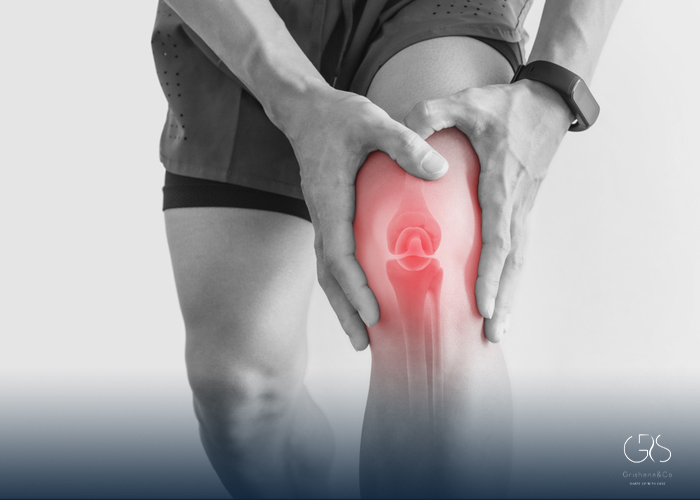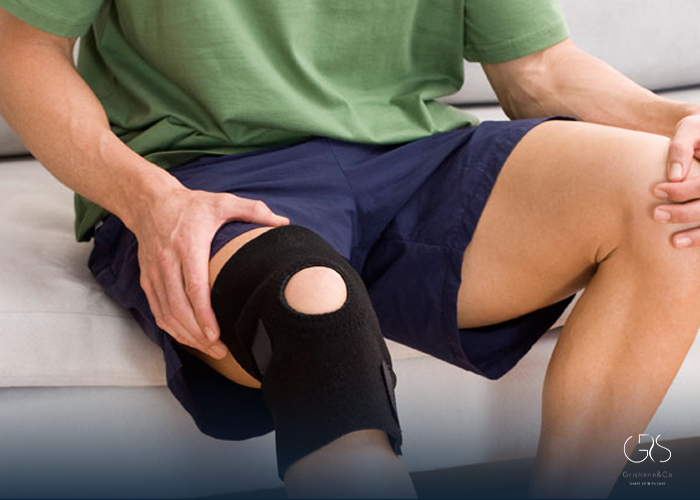Tendinitis Symptoms, alternatively known as tendonitis, refer to the common inflammation and irritation of tendons. Overuse can cause pain, stiffness, and swelling. Found in shoulders, elbows, wrists, knees, and heels, this condition impacts mobility.
Understanding Tendinitis
Tendinitis typically occurs as a result of repetitive movements, overloading the tendons, or sudden, intense physical activity. Athletes, especially those involved in sports that require repetitive motions, are particularly susceptible to tendinitis. Additionally, individuals who engage in activities or occupations that involve repetitive motions, such as typing and assembly line work, are also at risk.
Common types of tendinitis include:
- Tennis elbow: Occurs on the outside of the elbow and is often associated with repetitive motions of the forearm and wrist.
- Golfer’s elbow: Affects the inner side of the elbow and is caused by overuse of the muscles and tendons in the forearm.
- Achilles tendinitis: Involves the Achilles tendon located at the back of the ankle and is often associated with excessive strain or sudden increase in physical activity.
- Rotator cuff tendinitis: Affects the shoulder and can result from repetitive overhead movements or trauma.
Tendinitis Symptoms and Impact
The symptoms of tendinitis can vary depending on the affected area, but common indicators include pain, tenderness, swelling, and restricted movement. In severe cases, individuals may experience a weakening of the affected tendon, making it difficult to perform everyday tasks or participate in physical activities.
The impact of tendinitis on an individual’s daily life can be significant, as the pain and limited mobility can interfere with work, hobbies, and overall well-being. Chronic tendinitis may also lead to long-term complications, such as tendon degeneration, if left untreated.

Treatment and Management
The treatment for tendinitis aims to reduce pain and inflammation while promoting healing and preventing further injury. Common approaches to managing tendinitis include rest, ice therapy, compression, elevation, and the use of non-steroidal anti-inflammatory drugs (NSAIDs) to alleviate pain and swelling. Physical therapy, corticosteroid injections, and in severe cases, surgery, may also be recommended depending on the severity and persistence of symptoms.

In addition to traditional medical treatments, lifestyle modifications and prevention strategies play a crucial role in managing tendinitis. These include:
- Proper ergonomics: Ensuring proper equipment and posture to minimize strain on the tendons during activities.
- Gradual progression: Avoiding sudden increases in physical activity and allowing adequate rest periods during repetitive movements.
- Strength and flexibility exercises: Engaging in targeted exercises to strengthen and stretch the muscles and tendons can help prevent tendinitis.
(Please read more about leg mobility exercises. I suggest checking out my article for more information.)

Statistics and Prevalence
Tendinitis affects a significant portion of the population worldwide, with varying prevalence rates depending on the specific type and demographic factors. According to a study published in the Journal of Orthopaedic & Sports Physical Therapy, the overall incidence of tendinitis in the general population is estimated to range from 4% to 7%, with higher rates reported among athletes and individuals engaged in physically demanding occupations.
In the United States, tendinitis-related healthcare utilization is substantial, with approximately 7.5 million physician visits annually attributed to the condition. Moreover, the economic burden of tendinitis is notable, as it accounts for numerous workdays lost and significant healthcare expenditures related to treatment and rehabilitation.
Diversity of Perspectives
When considering tendinitis from diverse perspectives, it’s essential to recognize the impact of the condition across different demographic groups and occupations. For example, athletes, particularly those in high-impact sports such as basketball and running, may face unique challenges in managing tendinitis due to the demands of their athletic pursuits. Additionally, individuals in physically demanding occupations, such as construction workers and healthcare professionals, may experience occupational tendinitis due to the repetitive nature of their work tasks.
Furthermore, cultural and socioeconomic factors can influence access to healthcare and treatment options for tendinitis. Individuals from marginalized communities or lower-income backgrounds may encounter barriers to seeking timely medical care and may have limited resources for managing tendinitis effectively.
Understanding the diverse perspectives on tendinitis involves considering the implications for individuals of all ages, genders, and backgrounds. It also necessitates a comprehensive approach to prevention and treatment that addresses the unique needs and challenges faced by different demographic groups.
Conclusion
Tendinitis is a prevalent condition that can have a significant impact on individuals’ physical and emotional well-being. By understanding the symptoms, treatment options, and diverse perspectives related to tendinitis, healthcare providers, policymakers, and communities can work towards promoting prevention strategies and improving access to comprehensive care for individuals affected by this condition.
Sources
- Mayoclinic, Tendinitis
- Medicalnewstoday, What to know about tendinitis










